As a carnivore eater, I've wanted to try organ meat (particularly tripe) because of its rich nutritional profile.
At Carnivore Style, we’re always exploring nutrient-dense options that align with a strict carnivore diet, and tripe fits perfectly into that category.
But before trying any kind of offal meat, I sat down with my dietician to understand the nitty-gritty of tripe in terms of its nutritional value. I also talked to my local butcher, who shared great pointers for buying fresh, healthy tripe.
Today we'll look into tripe, the different types of tripe, and how to cook it properly.
Let's dive into it.
Quick Summary
- Tripe is a healthy organ meat sourced from three different stomachs of farm animals (cow, goat & sheep).
- Tripe has diverse nutrients, including proteins, fat, and zinc.
- Tripe has a chewier texture and needs to be appropriately cooked to become tender.
What Is Tripe?
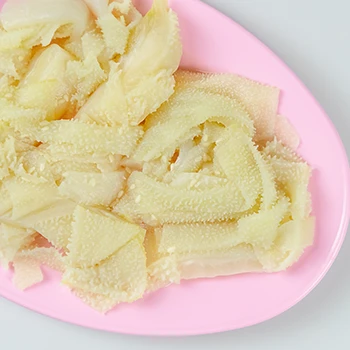
Tripe is edible stomach tissue from cows, sheep, and goats (ruminant animals).
While most people find tripe unappealing, it is one of the healthiest ways to consume offal.
Compared to other cuts of beef and pork, tripe is exceptionally low in calories and dietary cholesterol. A 100-gram portion holds only 89 calories on average.
Cooked tripe is also a healthy source of lean protein, vitamin B12, iron, and calcium.
I find that the bland flavor profile of tripe works to its advantage in that it quickly absorbs the aromas of the other components I cook it with. This makes it ideal for stuffing sausages or adding to my favorite peanut sauce and topping with parmesan cheese.
Tripe is low in fat, and most of its taste comes from the adjacent organs, giving it a light liver-ish flavor. Its lack of a pinpoint flavor makes it incredibly flexible, which is likely one of the reasons it has appeared in cuisines across the globe throughout history.
Cooked beef tripe has a chewy feel because it is made up of connective tissues and smooth muscles.
"Tripes are nutritious organ meats packed with B vitamins and minerals like magnesium, manganese, zinc, and selenium."
- Jill Corleone, Registered Dietician

Different Beef Tripe Varieties

Beef tripe is unique because it comes in different kinds, each from a separate belly chamber of either cow, goat, or lamb.
These varieties include:
- Blanket tripe: This flat tripe comes from the first stomach chamber and is the least popular beef cut. I love this type because it can produce a tasty stewed tripe dish when appropriately cooked. Because of its tough blankety texture and extra edible stomach lining, it can be a difficult cut to cook.
- Honeycomb tripe: Honeycomb tripe comes from the second chamber and has a meatier flavor. This makes it the most popular beef tripe in diverse fried tripe recipes.
- Omasum tripe: This tripe, also known as book tripe or bible tripe, is a good compromise between the last two tripe types. It's ideal for producing sausages and other dishes where texture isn't as critical.
- Reed tripe: This is derived from the fourth stomach, the abomasum. Although it’s uncommon in American markets owing to its glandular characteristics, it's a key ingredient in a ton of classic Italian recipes.
- Green tripe: This is fresh tripe straight out of the cow and can be outright disgusting. It's greenish or gray. Before cooking green tripe, thoroughly wash it to eliminate any dirt. Green tripe is mostly used to make pet food.
The Best Way to Cook Tripe

Before you start cooking beef or lamb tripe, it's essential to prepare and clean it thoroughly.
Preparing Tripe
If you're buying goat tripe or sheep tripe from a local butcher, it's usually brine-soaked, bleached, and sometimes parboiled.
This makes the preparation process so much easier.
For about ten minutes, you can wash and soak the tripe in cold water. Rinse the tripe well and chop it into bite-size chunks.
However, if you prefer eating tripe that’s cut directly from the cow, you'll need to clean and prepare on your own by following these steps:
- Grab a good amount of rock salt (depending on your tripe size) and sprinkle it all over the tripe. Gently scrub the tripe to eliminate all little undigested particles and rinse thoroughly with cold water.
- For difficult-to-reach areas, use a clean kitchen toothbrush. This clears the stomach wall of any remaining bits of partly digested food. Do this a couple of times until there is no more debris visible.
- Soak the tripe in a weak-acidic solution for 60-80 minutes, turning and occasionally squeezing so that all sides are cleaned. The solution should consist of water and a spoonful or two of vinegar.
If you can manage, I recommend you use hydrogen peroxide, as it's a great bleaching agent and acts as an antiseptic simultaneously. Also, use lots of water that completely submerges the tripe in the solution.
- Pour out the solution and thoroughly rinse the tripe with water several times.
- Trim off any unclean edges, then start scraping the internal membrane off. Trim until you get even flat tripe. If you notice bumps or thickness in either area, it's best to trim these out.
- Once everything is set, cut the tripe into bite-size pieces.
Remember to wash your hands after handling raw tripe.
Cooking Tripe
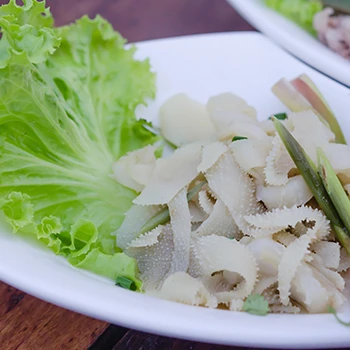
After the hassle of preparing, cleaning, and cutting, it's time to cook the tripe. Toss the chopped pieces into a saucepan of boiling salted water.
Cook for 30 to 45 minutes.
Afterward, drain the water and rinse the tripe again. Your tripe should be visibly softer after boiling, and you can now use it in several tripe recipes like Menudo.
Menudo is my favorite savory Mexican stew made with tripe, a plethora of spices, and, sometimes, patas (pig feet).
There are two variations of Menudo: the red and white menudo. The cooking process is the same, but the only difference is that red menudo has plenty of red chili and tomato sauce while the white one doesn't.
To make this Mexican tripe soup, blend all seasonings into your tripe stew, such as guajillo chile sauce, cilantro, oregano, and lime, and simmer on low heat.
I like to serve mine with cornbread or tortillas.
Other tripe dishes include:
- Pho
- Tripe pasta
- Stir fry tripe
- Sausage
- Kare Kare
Tips For Choosing the Best Tripe Organ Meat

Here are my three tips for choosing fresh tripe organ meat:
- Color: Always select a tripe that has a nice bright white color. If you notice deep brown or blackish patches, these could be rancid.
- Texture: Test the tripe's texture to ensure it's firm and not soggy. If you're buying blanket tripe, ensure the honeycomb shape sticks out well and is firm.
- Smell: Fresh tripe from the butcher is already clean and bleached, meaning it should be free from any obnoxious odors. If you smell anything oddly off-putting, avoid those.
FAQs
What Does Tripe Taste Like?
Tripe tastes like liver though this is a mild flavor. Overall it doesn't have a specific taste to attach to it.
Is Tripe Healthy To Eat?
Yes, tripe is healthy because it's nutrient-packed and has less fat.
Is Tripe a Stomach or Intestine?
Tripe is a stomach. The different varieties come from all four chambers of a ruminant's stomach.
At Carnivore Style, we believe that incorporating offal, like tripe, into your carnivore diet can add variety and valuable nutrients. Whether you're a beginner or an experienced carnivore eater, exploring organ meats is a great way to elevate your meals.


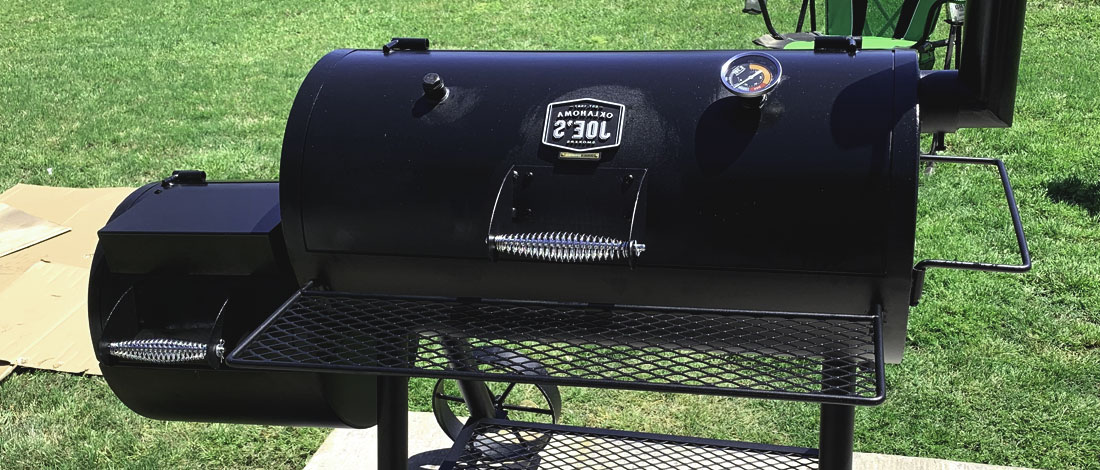
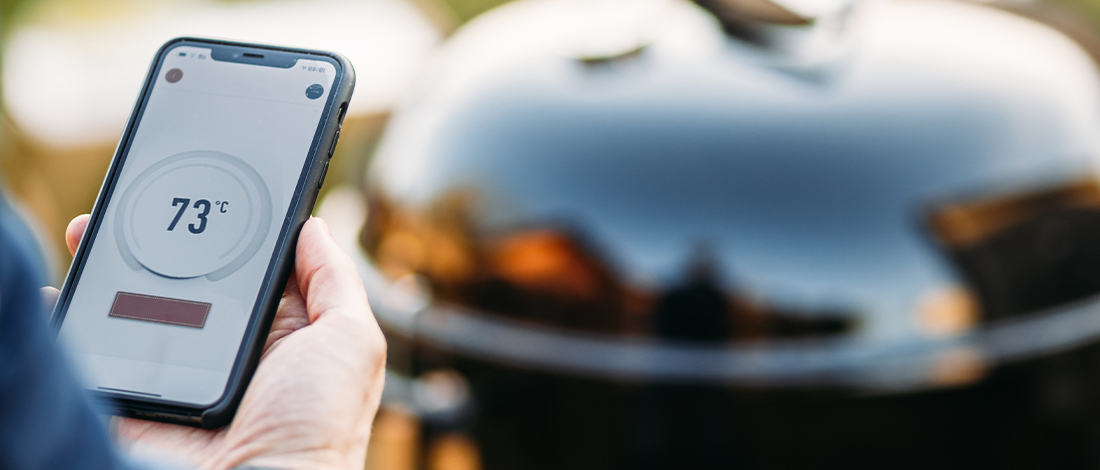
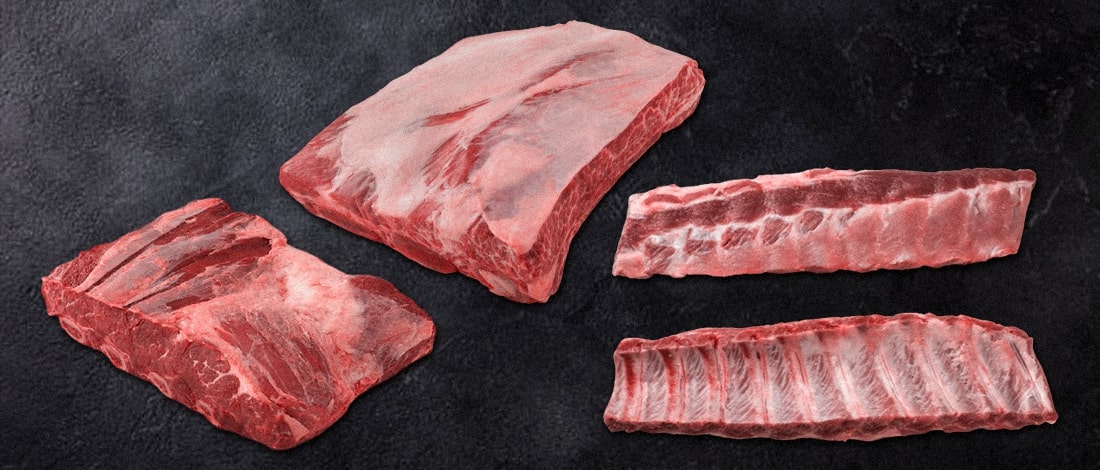

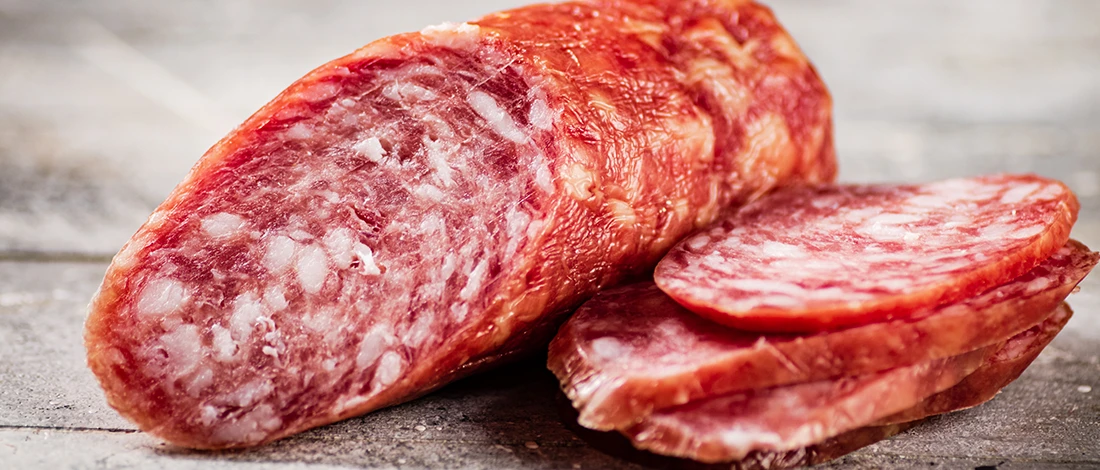
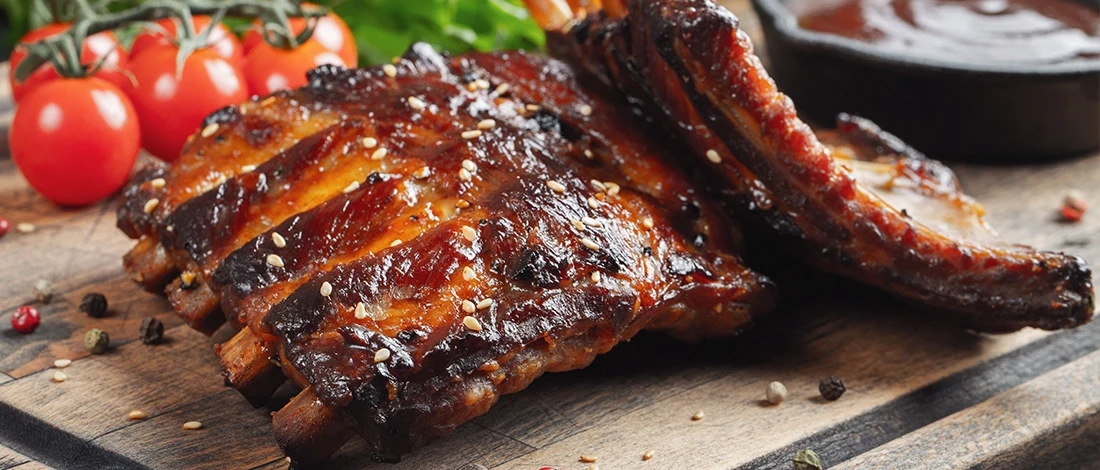
Thanks Devon for explaining tripe in such an easy way. I always heard about it but had no clue what part of the animal it came from.